As any family dentist will tell you, it’s important you brush and floss at least twice a day to keep your teeth clean and healthy. However, that leaves room to make critical mistakes. For the sake of your teeth, you must learn the best dental hygiene practices.
Here’s a list of toothbrushing errors to avoid to keep your teeth safe whenever you brush.
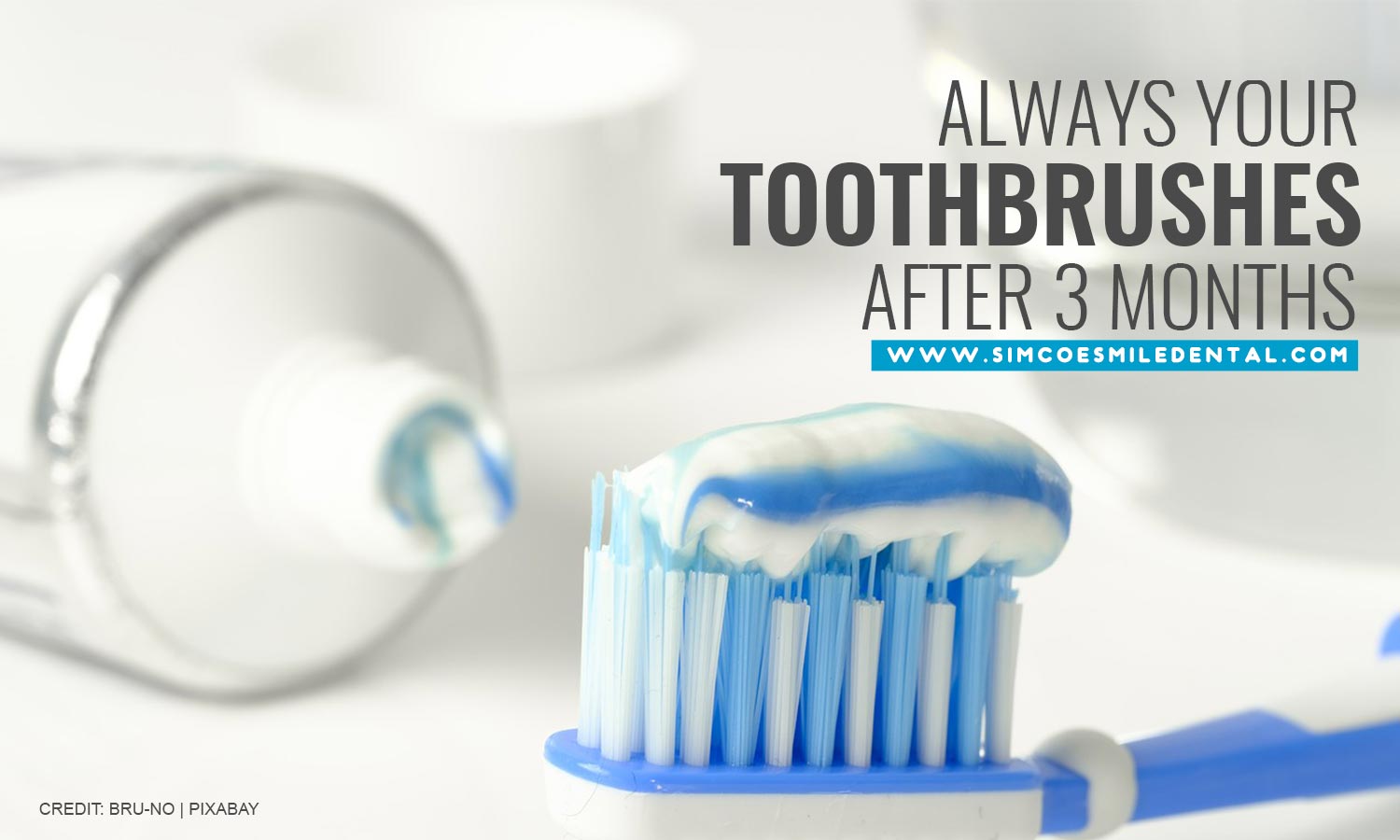
- Using old toothbrushes – What you should definitely not brush your teeth with are old, worn toothbrushes. The lifespan of a toothbrush is roughly 3 months. After that much time, the bristles start to get frayed, making them less effective at cleaning your teeth and more likely to harm your gums and enamel. Additionally, germs and food particles build up on your toothbrush as time passes. Switch out your toothbrush regularly to avoid contaminating your teeth. Use this handy guide to discover how to choose a toothbrush.
- Brushing too hard – Is brushing too hard or too much really bad for your teeth? In short, yes. A common misconception is that brushing harder cleans better. However, overbrushing can damage the surrounding gums and wear the enamel of your teeth. A gentle touch works best. Brushing your teeth isn’t like scrubbing dirt from bathroom tiles. Plaque is soft and sticky, so it comes off easily. Think of brushing as more akin to massaging than scrubbing and stick to a more gentle approach.
- Brushing too quickly – Common dental wisdom states that you should be brushing for at least 2 minutes each time. On average, most people fall short of that mark at 45 seconds. Brushing for at least 2 minutes is key to helping the fluoride in toothpaste attach to the enamel. The next time you brush, pay attention to the spots you normally tend to miss. Teach yourself to be more thorough to reach the 2-minute mark and get consistent results across your teeth. Alternative techniques include playing a 2-minute song in your head, setting a timer, or using an electric toothbrush with a timer.
- Brushing too often – Some patients may ask if there’s such a thing as brushing your teeth too much. There is such a thing as too much of a good thing, and that goes for brushing teeth. Brushing more than twice a day runs the risk of wearing down the enamel in teeth, making them more vulnerable. Overbrushing your teeth also causes gum line recession, exposing the more vulnerable parts of the teeth to tooth decay. Stick to brushing twice a day to minimize any risk to your teeth.
Always floss after brushing
- Neglecting to floss – Sometimes, even after brushing for 2 whole minutes, you may start to ask yourself, “Why do my teeth not feel clean after I brush?” The answer is: brushing isn’t enough. When it comes to full oral cleanliness, flossing matters just as much as brushing. Flossing removes plaque between the teeth in places a toothbrush can’t reach. It’s crucial you take care of plaque before it has time to harden. Regular brushing and flossing matter. Make a habit of flossing at least once a day to make sure you’ve cleaned every surface on your teeth.
- Ignoring your tongue – The tongue is a great breeding ground for germs. After brushing, it’s a good idea to brush your tongue to eliminate any remaining bacteria. It’s a powerful method for preventing future germ buildup. Make a habit of brushing your tongue to prevent bad breath and oral disease from developing. However, it’s not enough to use the bristles of your toothbrush. One more effective method is to use toothbrushes that come with built-in tongue scrapers. Consider investing in a new toothbrush for a more total mouth cleaning.
Rinse with mouthwash instead of water
- Rinsing your mouth afterward – Some people question if you should rinse after brushing your teeth. For ideal results, it’s better to avoid doing so and leave the toothpaste residue in place. The fluoride needs time to bond with your enamel to protect your teeth; rinsing after brushing washes it away.
If you do feel the need to rinse, use a fluoride-rich mouthwash instead to help protect your teeth. - Brushing just after eating – Some people have a habit of brushing just after eating, particularly after dinner. However, this is a definite no-no, especially if you’ve had something acidic (e.g. soda or citrus). The pH levels in your mouth tend to drop after eating, giving your saliva a higher acid content. Brushing right after eating generally rubs these acids into the enamel and helps erode your teeth. To keep your teeth safe from acid, wait at least 30 minutes after eating before brushing. You can also drink water or chew on some sugar-free gum to clean your mouth while you wait.
- Storing your toothbrush in the bathroom properly
Don’t keep your toothbrush out in the open
Most people tend to keep their toothbrushes in their bathrooms; however, this makes it easy for aerosolized particles from your toilet to make their way onto your toothbrush. Every time you flush, toilet residue, which contains germs and bits of fecal matter, sprays outward. The problem is compounded if you share your space with others (e.g. children).
Store your toothbrush in a more secure location (e.g. on a nightstand or in a medicine cabinet). Many modern toothbrushes also come with cleaning kits to help eliminate germs. Finally, remember to close the toilet lid every time you flush.
Mix up your brushing routine for even cleaning
- Sticking to routine – For many people, brushing teeth becomes something you do on autopilot. By habit, it becomes easy to focus on certain areas and neglect others. Developing a more irregular pattern is a great way to start brushing your teeth better. Mixing up how you brush also helps ensure you clean more evenly each time. Using an electric toothbrush can be a great help here; simply guide it, and it can help reach those hard-to-reach spots you’d normally miss.
- Using the wrong techniques –Like most activities, toothbrushing techniques can either be right and wrong — but what exactly is the correct way to brush your teeth? Should you brush your teeth side to side or up and down, straight or at an angle?
Most people tend to brush going back-and-forth; but the best method is to make small, gentle circular motions. This is more effective at catching plaque and causes less irritation to nearby gums. Keep your brush tilted at a 45° angle to catch more food debris as you brush. Remember to brush the inner, outer, and top surfaces as well to clean every part of the tooth that comes in contact with food.
Everyone knows how to brush their teeth, but with a few adjustments, you can do an even better job. Learn from these mistakes and visit your dentist for a dental cleaning to help take good oral hygiene to the next level.
When you need a reliable dentist, look no further than Simcoe Smile Dental. We provide more than quality dental care; we provide caring staff that put your needs first. Call us now at (289) 312-1482 to make your appointment.
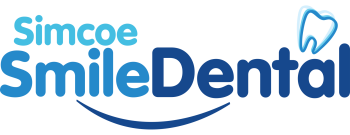
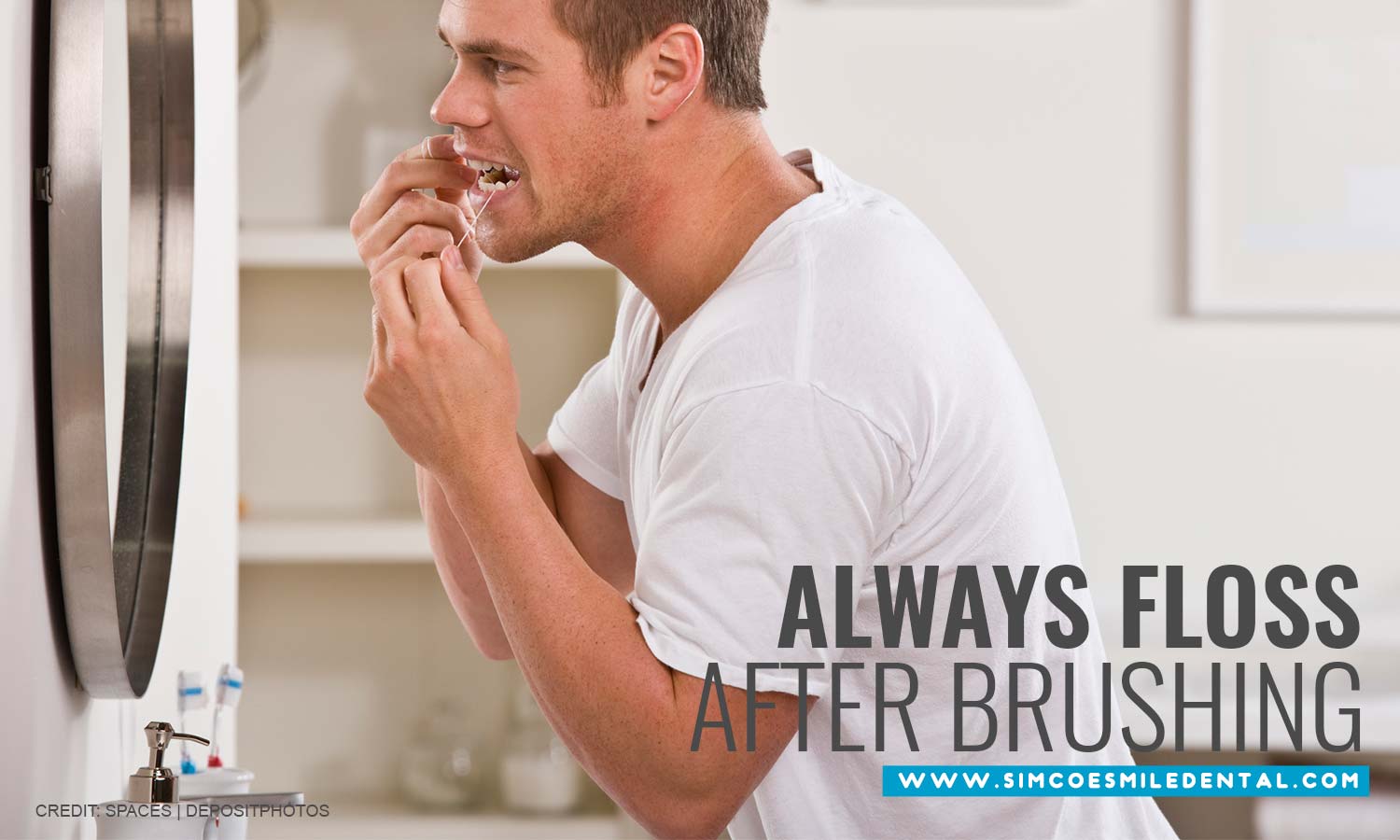 Always floss after brushing
Always floss after brushing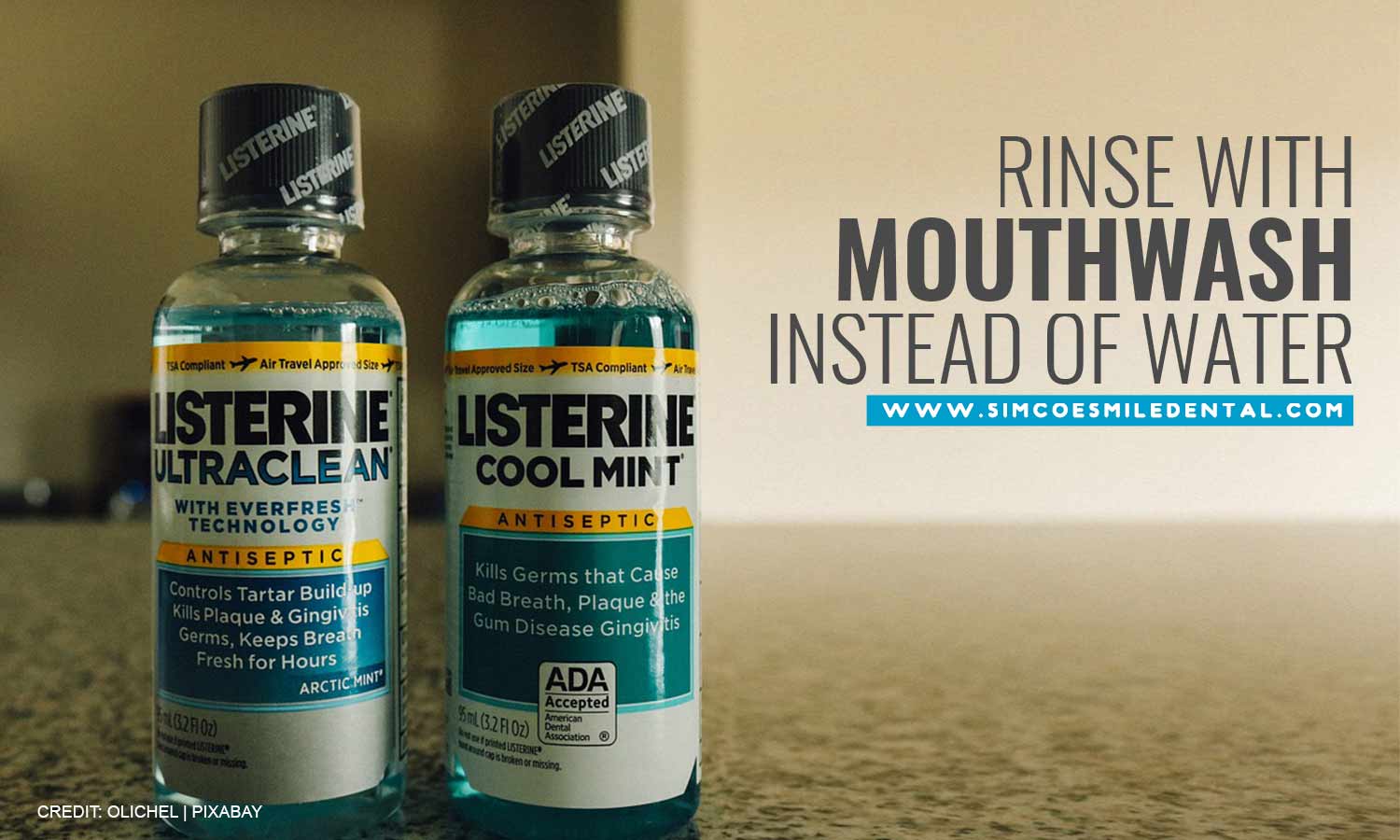 Rinse with mouthwash instead of water
Rinse with mouthwash instead of water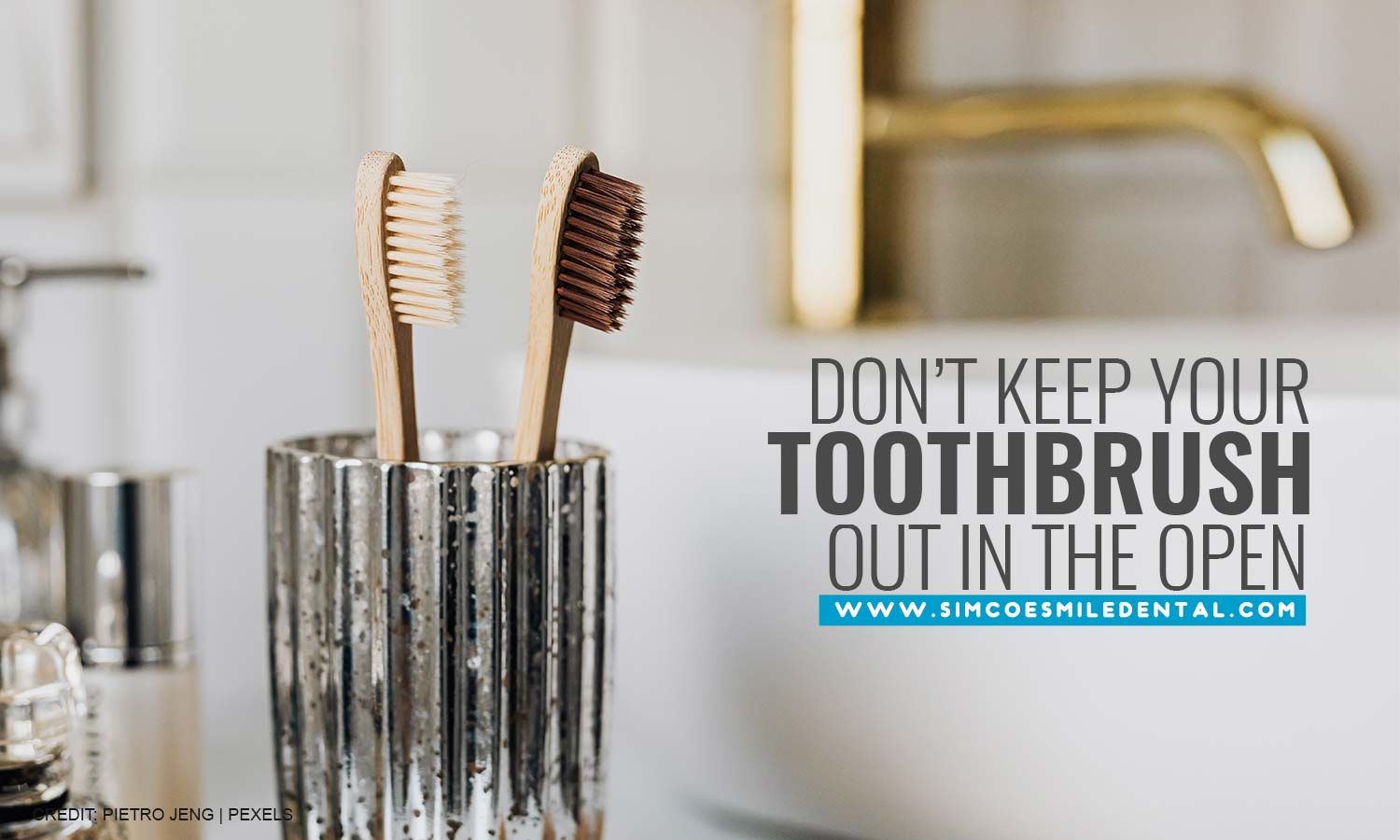 Don’t keep your toothbrush out in the open
Don’t keep your toothbrush out in the open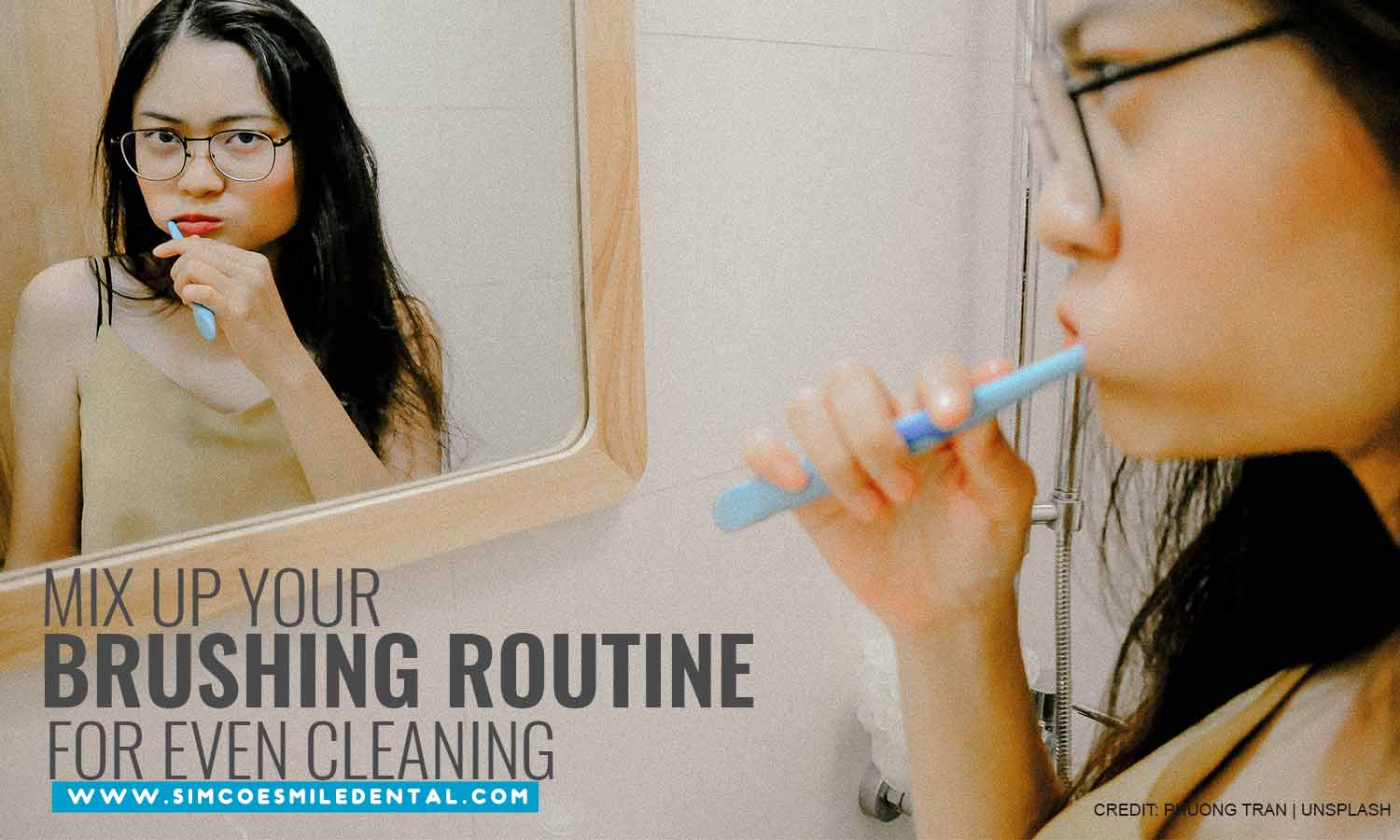 Mix up your brushing routine for even cleaning
Mix up your brushing routine for even cleaning